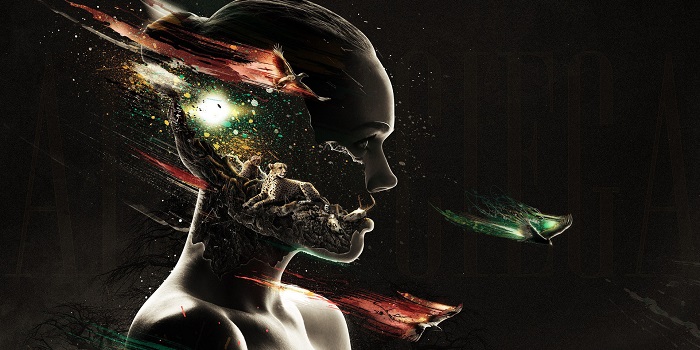

These essays also emphasized the “pleasure principle,” positing that children do what feels good. The essays shocked society and prompted his ostracism from various Viennese medical societies. He studied perversions and delicately suggested that child behavior was sexual. In this book Freud linked dreams to unconscious conflict resolution, defined the structure of dreams, and posited the suspension of everyday logical thinking in the chaotic, primitive, paradoxical world of the unconscious.įive years later, Freud published his Three Contributions to the Theory of Sex. In 1900, partially as an outgrowth of that interest, Freud published The Interpretation of Dreams. These cases, called “hysterical conversion reactions,” led Freud to study the problem of hysteria in greater detail. They had paralyses which could not be explained anatomically, and Charcot had been treating them by hypnosis. 21Ī neurologist by training, Freud was fascinated by the patients at Charcot’s Clinic in Paris. His sparkling sense of humor continued but clearly was not as spectacular as it had been before that date. First, it was the year of the publication of The Ego and the Id, and second, it was the beginning of his bout with cancer of the jaw.

for this summary.) 1923 is a key date in Freud’s life for two reasons. I will limit my discussion of Freud to the work between 19. 4, 24 But none has yet presented an elementary psychoanalytic understanding of children and then used that knowledge to examine the effects of the work.įreud, the founder of psychoanalysis, worked directly only with adult patients yet from that age group he was able to draw inferences about child development and formulate theories of personality. 17, 24 Other commentators have looked at the psychological appeal of Disney characters, offered psychological interpretations of a character or story and even drawn inferences about Disney’s personality on the basis of his works. 5 He developed the multi-plane camera introducing the incredible depth of field. 5, 17, 24 He was the first to create a fully synchronized sound track for a cartoon-in the 1928 production Steamboat Willie. No matter how blase, they are generally in a certain awe of Disney’s meticulous attention to detail, the draftsmanship, the imagination and the technical innovations that distinguish his craft. Now that Mickey Mouse is over fifty years old, the critics are reexamining Disney’s creations. Early psychoanalytic knowledge about children can also show how what adults experience as violence and primitive fantasy can actually, enhance a child’s growth.Īlthough critics have examined Disney’s work since its beginning, the psychoanalytic approach is new. Freud’s concept of the mind’s structure can be useful in explaining the appeal of Disney’s characters because many of them (Mickey Mouse, Donald Duck, Goofy and others) embody universal aspects of the personality: id, ego and superego. Studying Freud and other early psychoanalysts can lead to a better understanding of children and consequently to appreciating the effects of some of Disney’s works. True, Einstein corresponded with Freud and also did many things unconsciously, but somehow the link between Disney and Freud seems clearer: to understand one can be useful to understanding the other. It is unclear just how Einstein is related to Freud and Disney. Some time ago, an article in the New York Times proclaimed: “In saloons, in graduate seminars, in barbershops across the land, whenever particular people ask, who, truly, are the giants of the Twentieth Century- who defined reality as we know it-three names loom: Freud, Einstein, Walt Disney.” 20


 0 kommentar(er)
0 kommentar(er)
